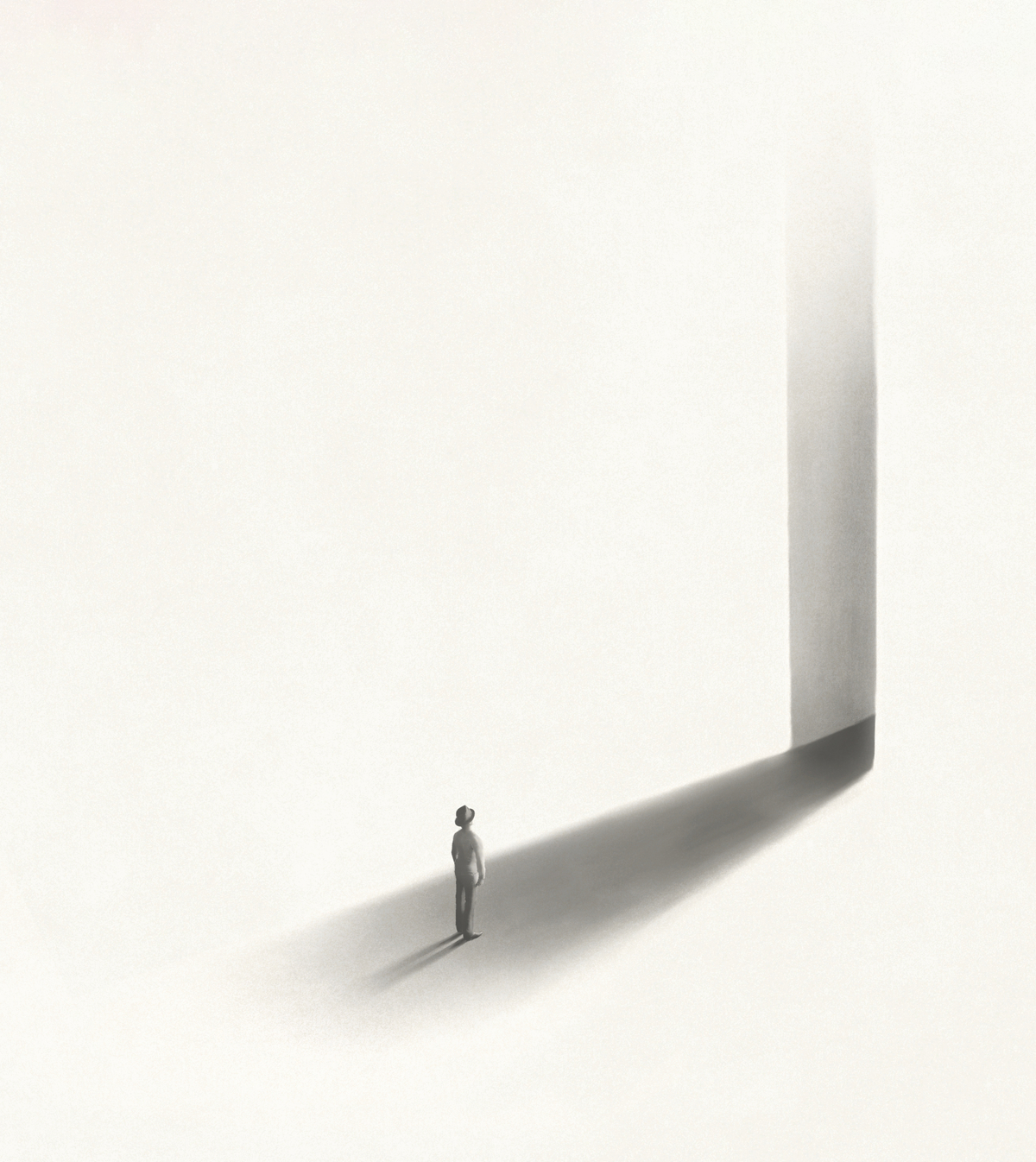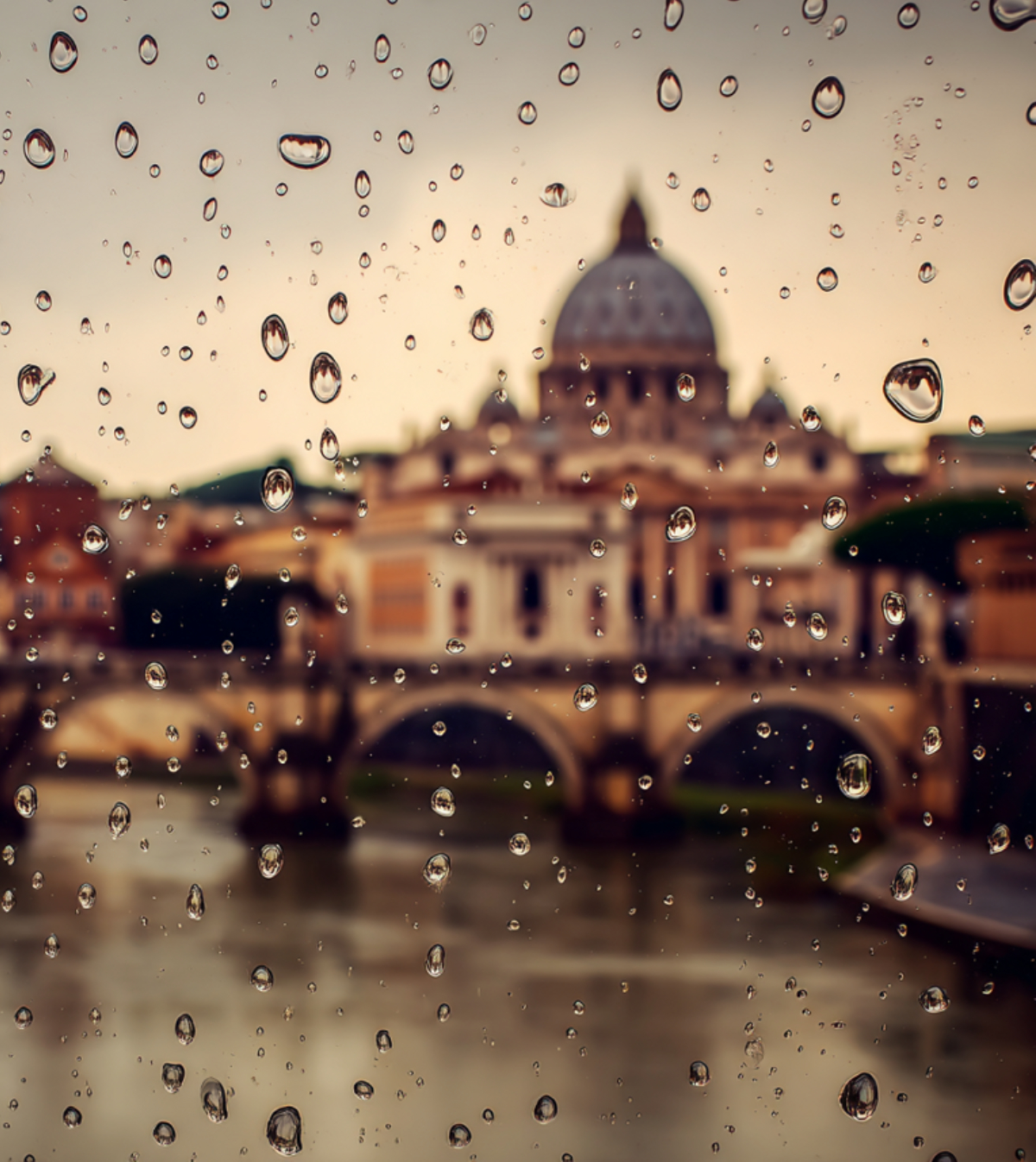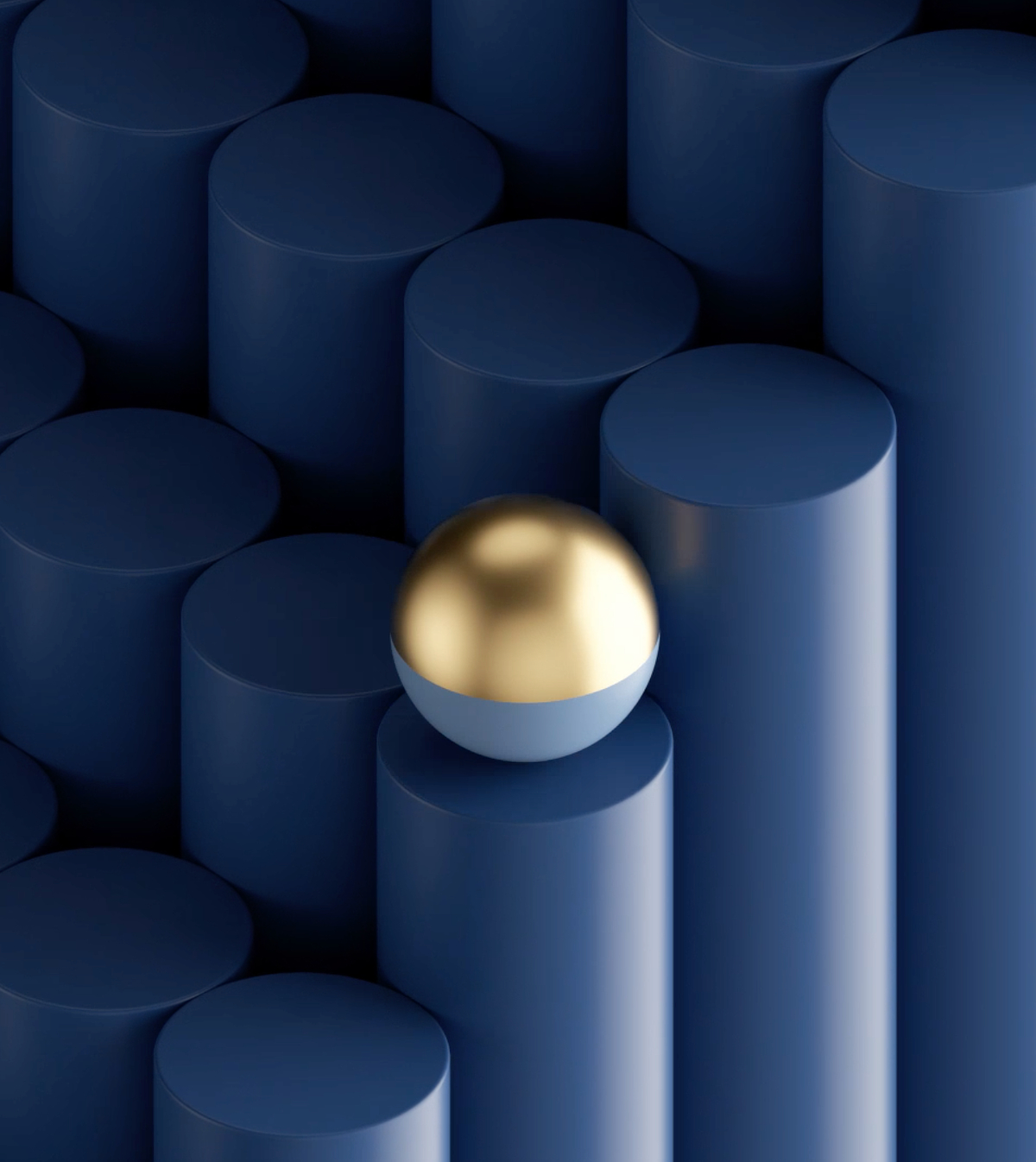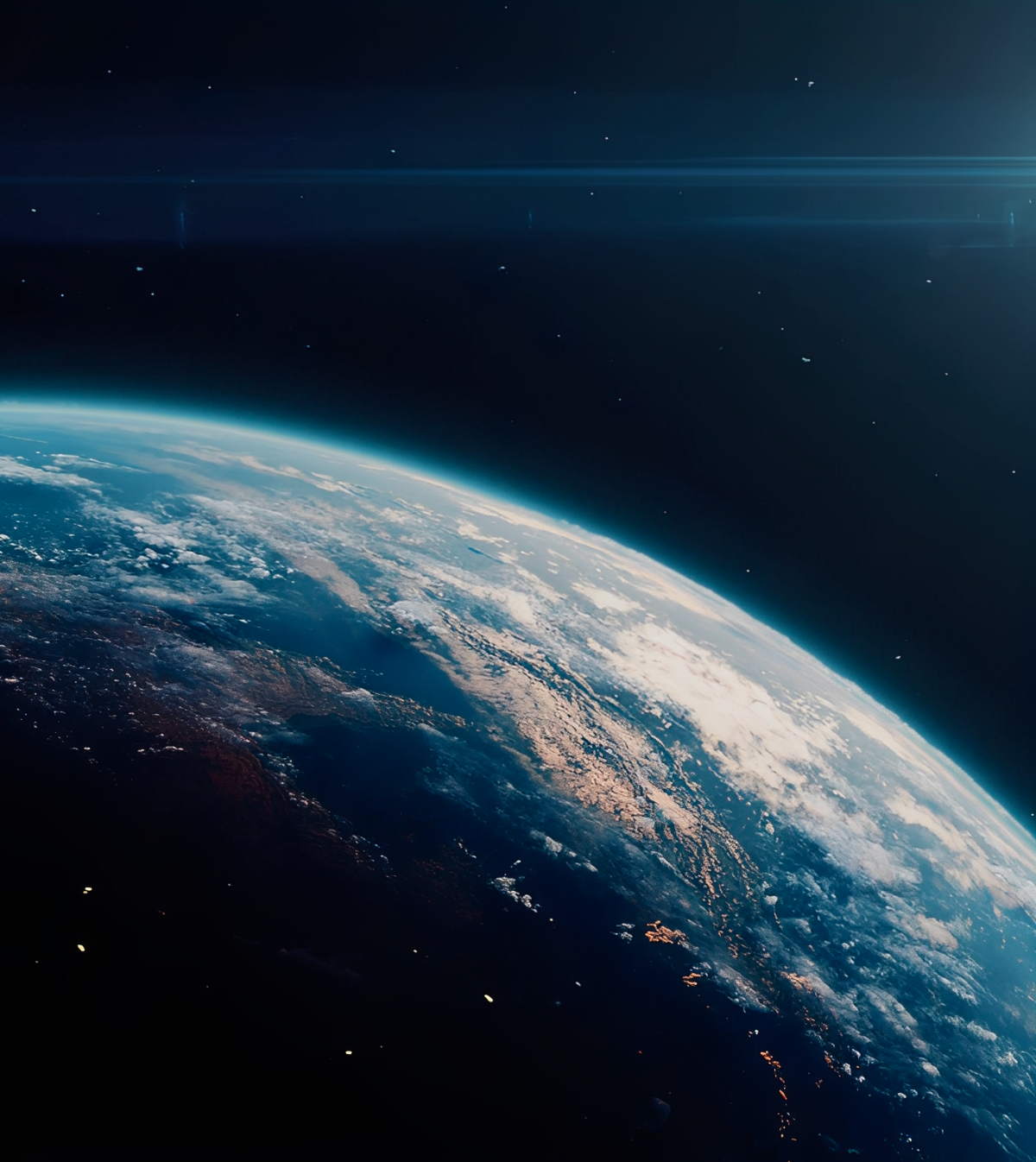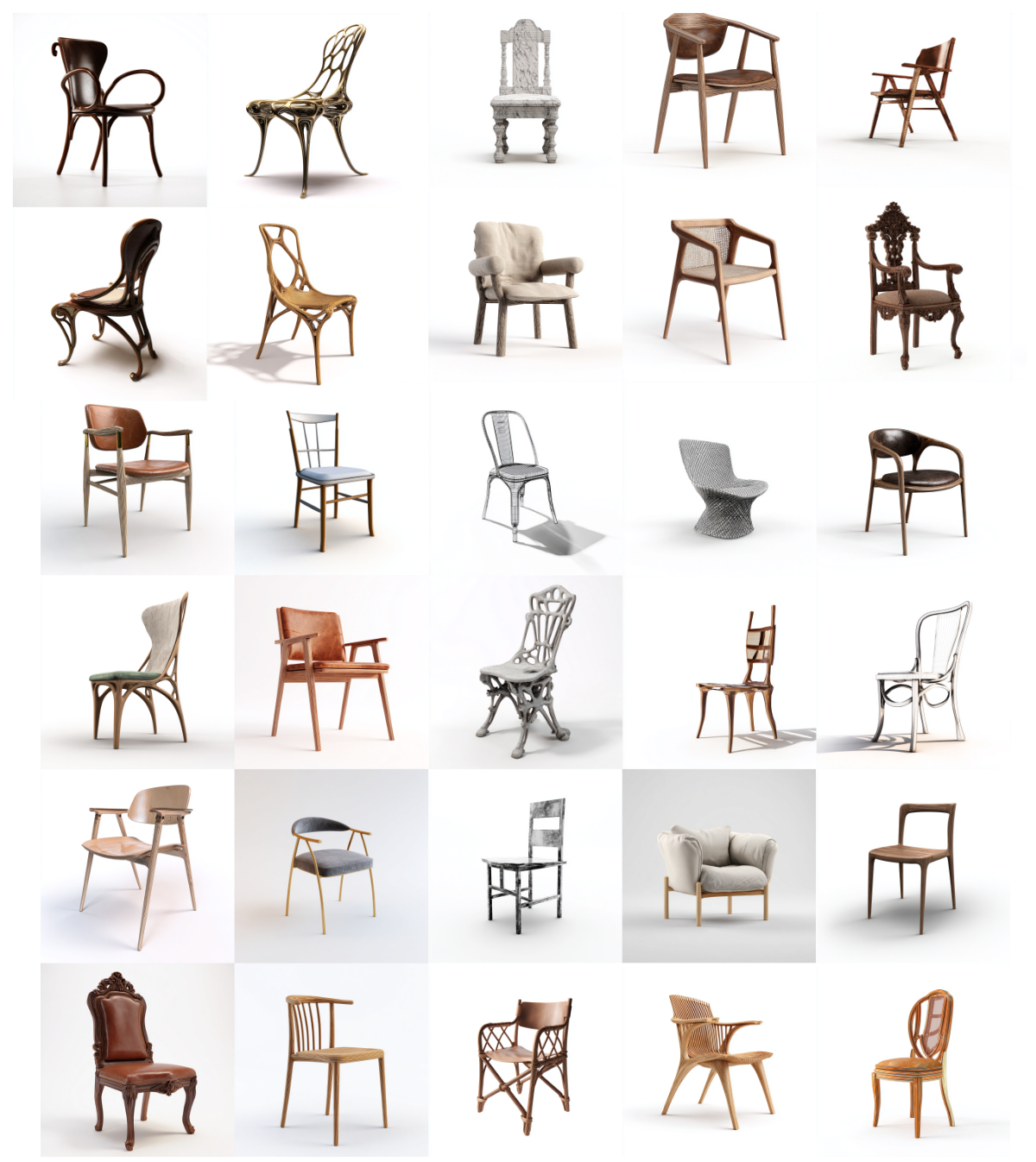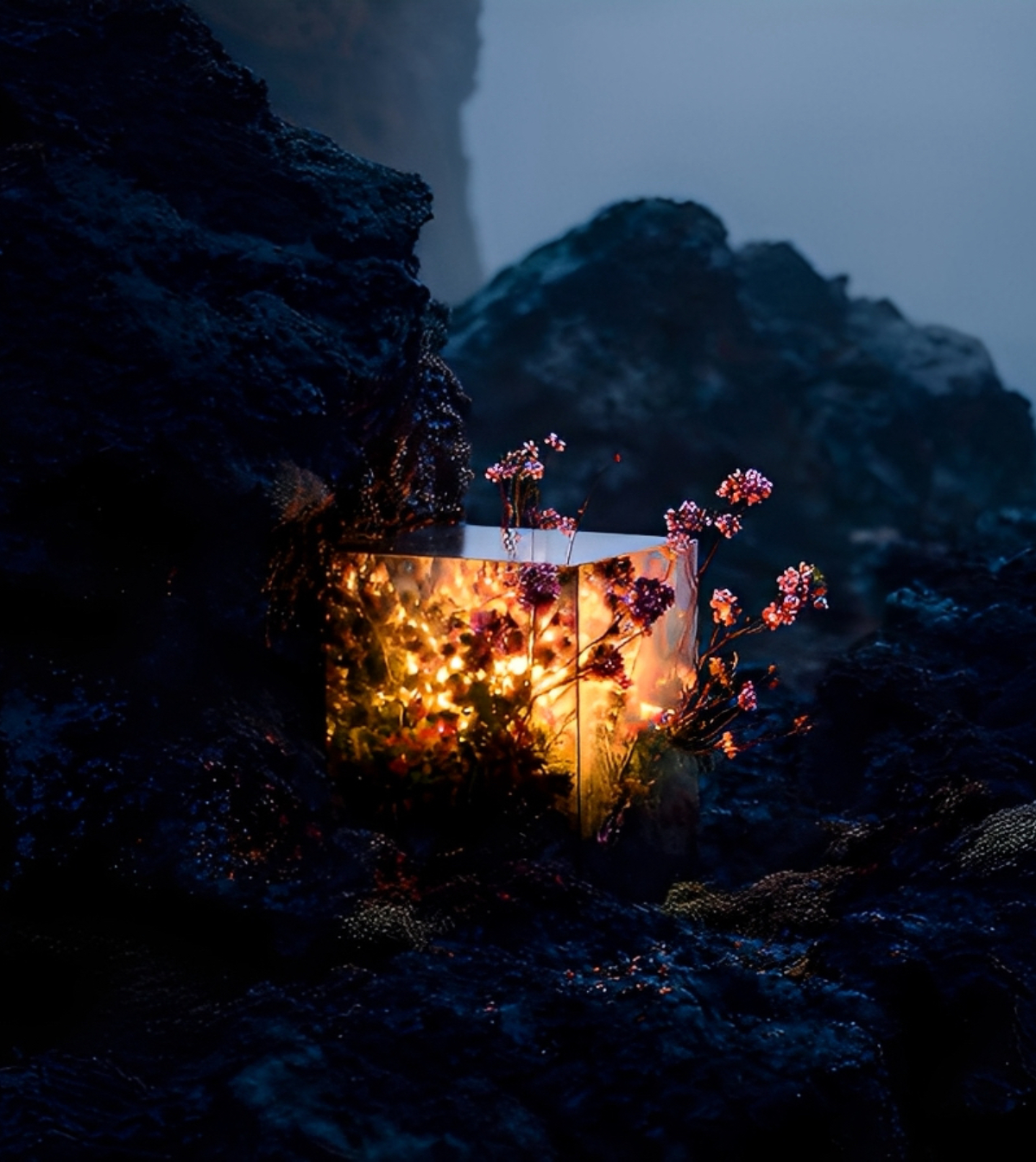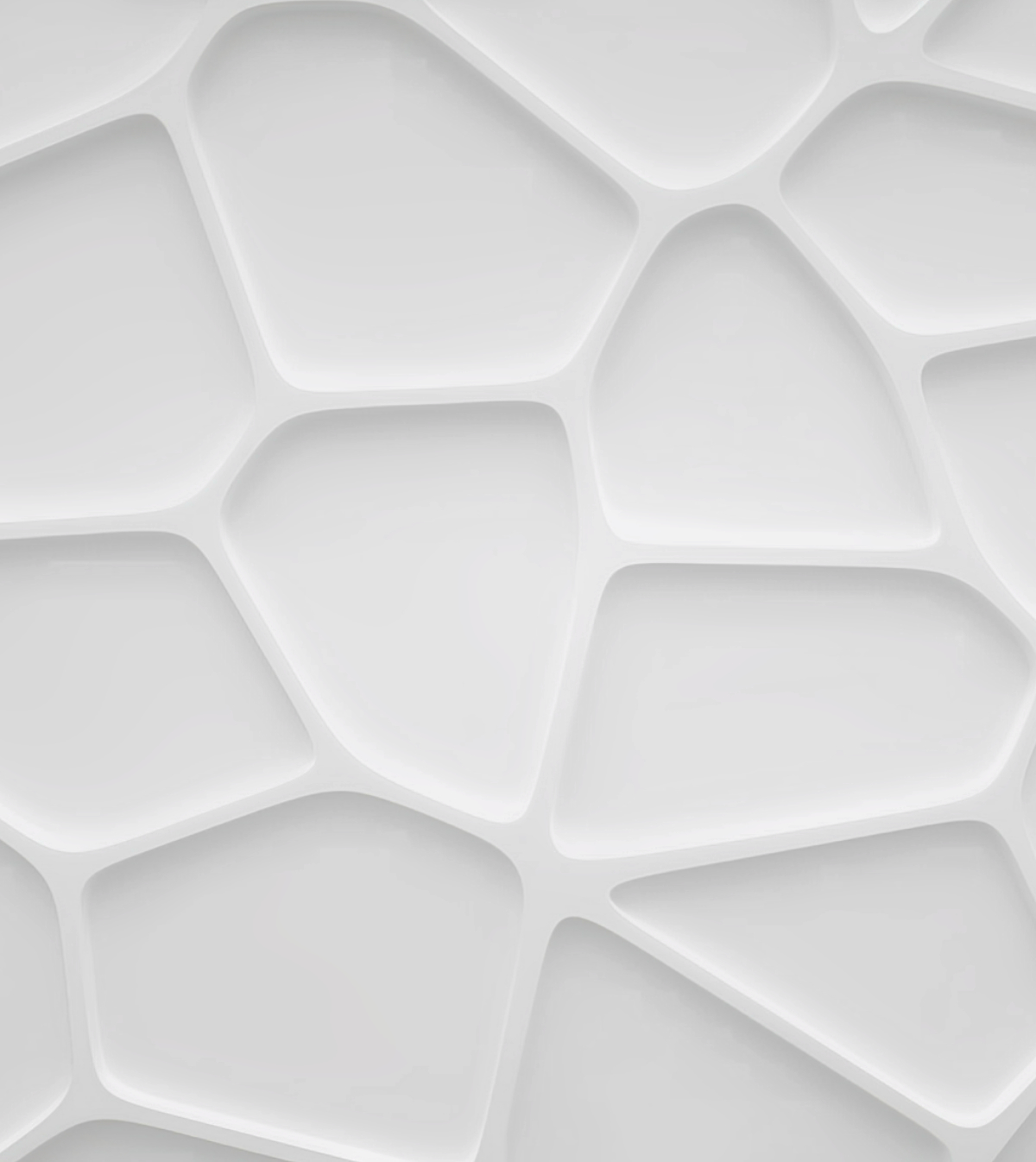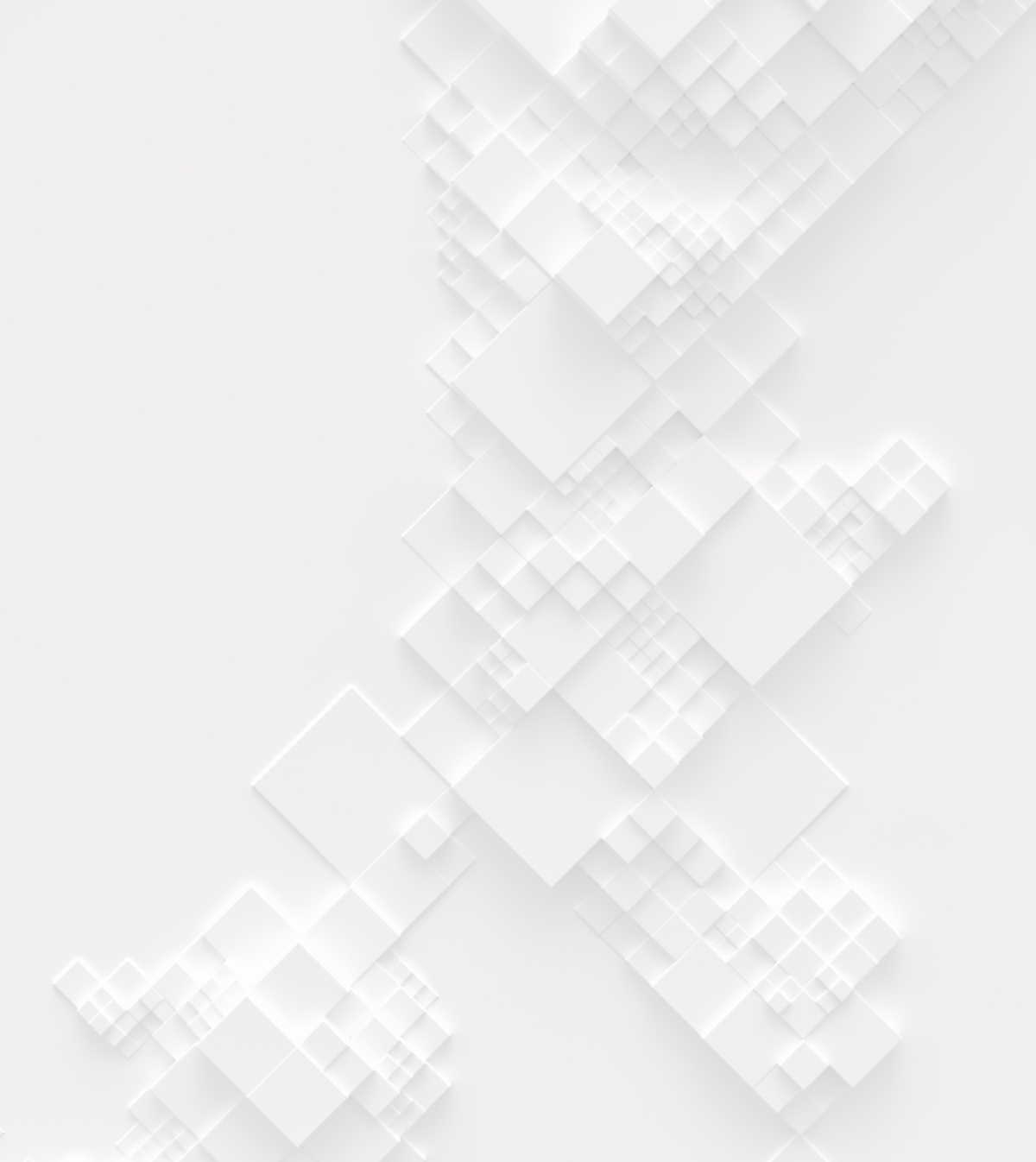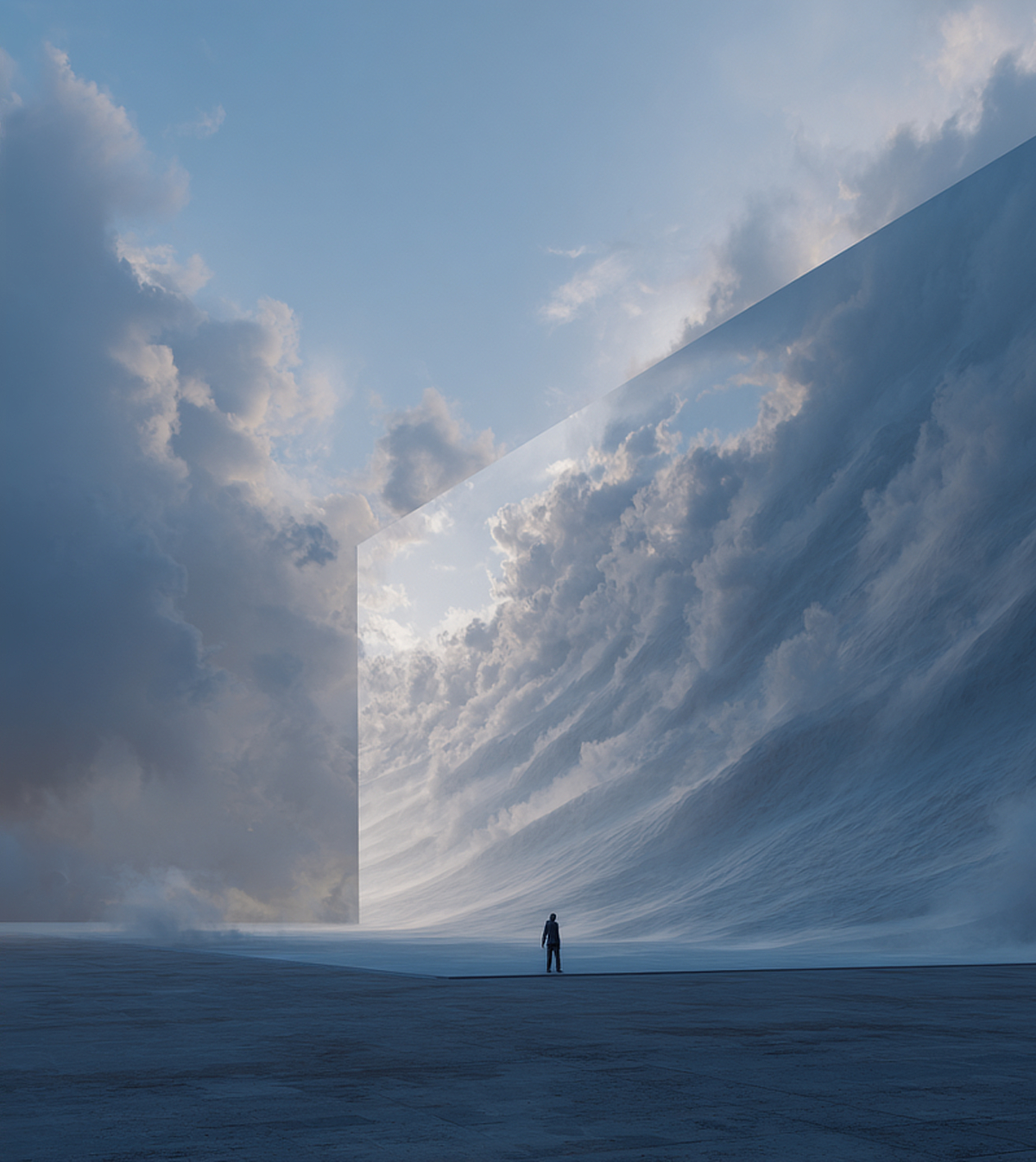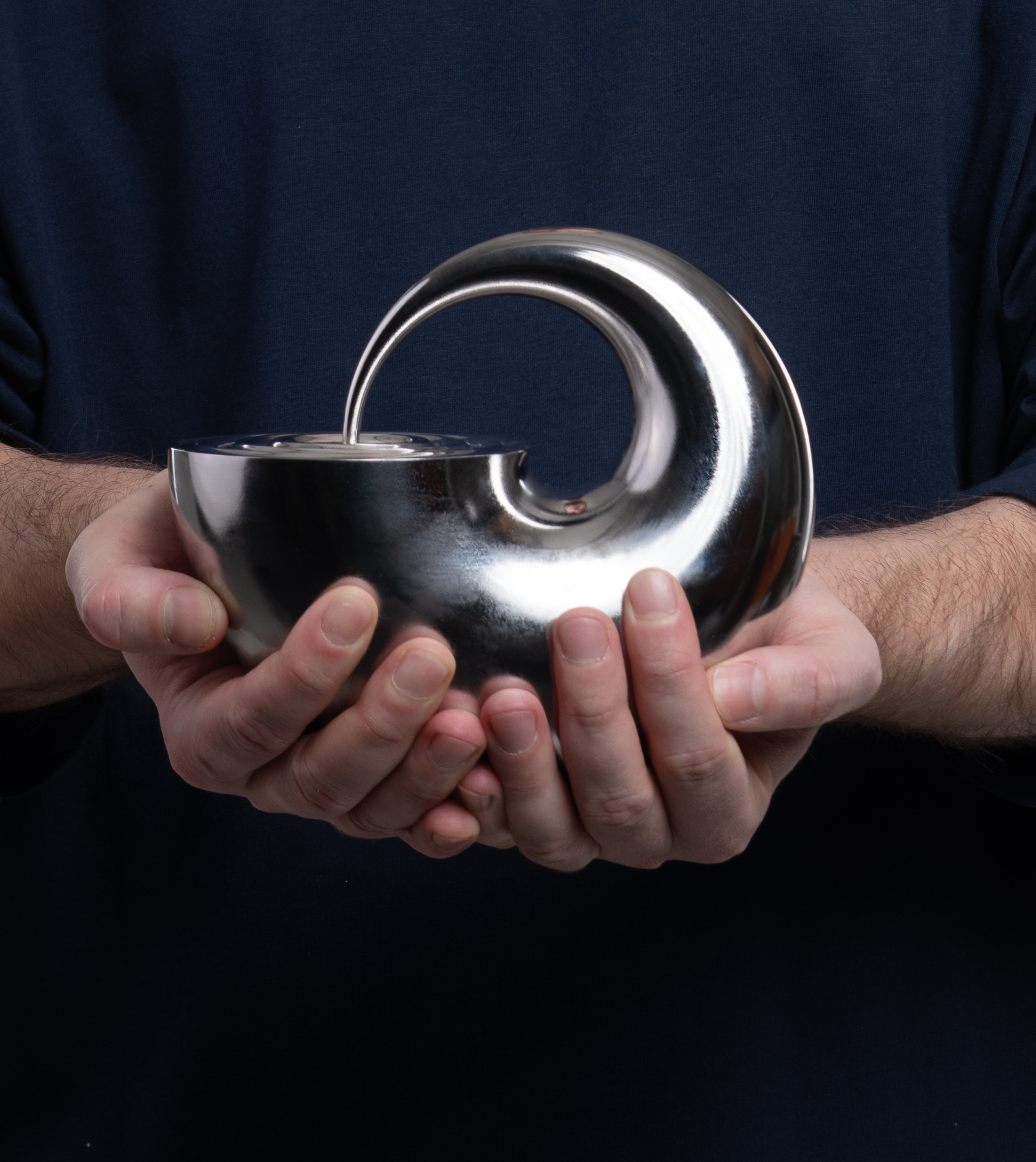We’d like to take the opportunity to introduce you to the 3rd and Green prize winners of our "Monte D'Oiro Wine Hotel" competition – Leonardo Ronchi, Barbara Stallone and Francisco Silva from Italy!

3rd and Green prize winners from Italy
EX FIGURA is a multidisciplinary studio focused on developing strategies that improve people’s lives. From complex problems to natural and innovative systems.
The office was founded in 2020 and it represents a new attitude towards art, architecture, and design – where everything is in continuum; everything references everything. The goal is always to achieve the best result possible, beyond the sources that guide the project, more than the individualities that compose the creative team, and further than the places they come from.
The context is always the foundation of the projects – the starting point of every decision. Respecting the environment, thinking about the future and every transformation it may hold is part of the process. The end result are spaces that are seamlessly connected to the world, to people, to nature. From real situations to efficient and local solutions.
EX FIGURA develops experimental types of architecture, balancing between different art forms, materials, textures, construction methods. The objective of the studio is to always create elements that will shape a better reality. From fundamental beginnings to meaningful results.
leonardo ronchi/ architects is an architectural practice founded in Milan (2021) by Leonardo Ronchi. The studio focuses its design on the concept of spatial regeneration:
/ˈspeɪ.ʃəl/
01/ relating to, occupying, or having the character of space;
02/ of, relating to, or involved in the perception of relationships in space.
/rɪˌdʒen.ərˈeɪ.ʃən/
01/ the process of regenerating;
02/ the state of being regenerated;
03/ restoration of a biological system.
This definition intends to directly connect the synergistic systems that are found and constantly modify our contemporary society. Global political, anthropological, and ecological transformations are widely developed, interconnected networks increasingly consolidated through people and the improved pace of daily life, determined by technological innovations. Therefore, the spatial composition, understood as a reflection of the period, relates to this irreversibly duplicated reality, by the development of the virtual dimension becoming a real extension of reality. Thus, ideologically fused with architectural development, this diversification intends to be the basis and capable of defining a new nature in a compositional-perceptive, space-time perspective.
Multidimensionality allows a process of change and evident spatial variation, both determined according to a variety of design methodologies, producing multifunctional and diversifiable flows and interfaces capable of providing immediate actions, constituting procedural inputs to a dualistic reality in architectural design that could lead to an architecture: formally defined and programmatically infinite, or vice versa; or by extending its space thanks to a passive interaction, guaranteed by perceptual compositions and temporal variations of the work. And consequently, futuristic design becomes a systematic development process, playing with the conceptual boundary between the physical and the virtual, the actual and the possible, considering itself a device capable of providing an unlimited number of evolutionary scenarios, constantly modifiable, being change itself, the essential process of all existence.
Brief information about the projects that you/your company have been involved with. For instance, what scale have you focused on/preferred, any significant projects where the company/ individuals have been involved?
EX FIGURA is a studio focused on experimental methodology and parallel research on new ways of making architecture, thinking flexible spaces, building and exploring new shapes. They have developed transformative housing prototypes for Lexus, analysed and rethought the current state of architecture, and partnered with Valencia 2022 World Design Capital to create a vision of the future of the city.
With work exhibited throughout the world and collaborating with numerous schools of architecture and design, EX FIGURA’s main body of work is architecture that goes beyond simple function and focuses on the efficiency of the built environment to put forward unique and changing experiences. From small pavilions and exhibition installations to big building complexes designed for various places in the world, the objective is always to create spaces that add quality to people’s lives.
Barbara Stallone is one of the founders of the studio. After finishing university in Venice IUAV and the Academy of Architecture of Mendrisio – where she studied under the guidance of Junya Ishigami and Aires Mateus – she worked in BIG New York, collaborating in the Google Campus project. Afterwards, she worked for Kengo Kuma, winning the Maritime History Museum of Saint-Malo competition, and then for Sou Fujimoto, developing his first European buildings in Montpellier and Saint-Gallen. Her work has focused on the development of new approaches for architecture that stand on the cross between art and landscape, with a new vision for tomorrow’s society. Her thesis with Mario Botta on the Mirabell Market in Salzburg was selected for exhibition in Museum der Moderne Salzburg. Furthermore, her constant thrive for the design of innovative and sensitive spaces has been awarded multiple times in international competitions, including a recent collaboration with Moreau Kusonoki for the 1st prize in the Powerhouse Precinct at Parramatta, Australia.
Francisco Silva is the other founder of EX FIGURA. In the Porto School of Architecture, under Alvaro Siza and Souto de Moura, he developed his master’s thesis on the evolution of housing. In the same period, he studied urban planning in the Academie van Bouwkunst in Amsterdam. Afterwards, working for Jean Nouvel, he developed the execution and construction of the National Museum of Qatar in Doha, as well as the Qingdao Artist Garden and Shanghai Museum of Art Pudong. Later, for Sou Fujimoto, he collaborated in the most recent building complex in Lyon and the office’s first American project – Co-living in Brooklyn, New York.
His research on the impact of space on the individual and society’s daily life is an ongoing process that has been published in several articles in architectural magazines. At the same time, he has been awarded various prizes in international competitions and had his work exhibited all over the world.
Both Barbara and Francisco have recently developed the “Medusa” art installation with Tin Drum for the London Design Festival at the Victoria & Albert Museum.
leonardo ronchi/ architects is a studio involved in all scales and dimensions of the architectural project. The practice can boast several internationally built projects such as: the Tencent Exhibition Center; the Baoji Grand Theatre; the Xietong Chuangxin Office Center; Borromei 09 private apartment; as well as academic collaborations (University of Xian – Mega Xian) and exhibitions (Milano Design Week – Chengdu context+innovation).
Leonardo Ronchi graduated in architecture from the Politecnico di Milano and worked at Sou Fujimoto Architects in Tokyo and Paris, on projects such as the Shiroiya Hotel, HSG Learning Center Sankt Gallen, and Paris Ecole Polytechnique. He is also the founder & former partner of YM Yingzhu in Milan & Xian and co-operator with University of Xian and lecturer at Mega Xian. In 2021, he founded leonardo ronchi/ architects in Milan.
What does architecture mean to you and what is the role of an architect in your society?
Architecture is a tool to shape reality. By manipulating materials, spatial experiences can be created, and life can be made better. Through design, new environments can be put forward and advantages can be produced.
As designers of space, architects shape reality and have the intrinsic responsibility of establishing sustainable places, and also of inspiring people and connecting them to the reality that surrounds them. And this consciousness should manifest itself not only in their products, but also in how they work. As creators, they should lead the way by showing new possibilities, educating local communities, and slowly improving the socio-cultural reality.
Why do you participate in architecture competitions?
It is always an opportunity to design something innovative within a certain frame. The demand sets a context for place and action, and it’s up to the architects to find solutions within that gap. The challenging aspect pushes the design forward and drives the project to find strategies that take advantage of the existing conditions and enhance the possibilities of the requested programme – like this competition that presented this great possibility of doing something exciting within an existing space. It is a wonderful opportunity that can generate an outstanding result. The type of activity that is required and the site itself can be both combined to create a truly remarkable experience. This possibility was a clear motivation to enter this architecture competition.
What advice would you give to individuals who struggle to decide whether it would be beneficial for them to participate in architecture competitions?
Architecture competitions are an opportunity to create and practice and a great tool for any architect. More than any reward, the possibility of designing within a fixed context with limited constraints is a way of getting started and practicing architecture as an activity. In the end, there are countless advantages for entering competitions, as they provide a testing ground for creativity and present designers with realistic challenges that improve all their skills.
Top 3 Reasons Why You Should Enter Architecture Competitions
Curious about the value of architecture competitions? Discover the transformative power they can have on your career - from igniting creativity and turning designs into reality, to gaining international recognition.
Learn more

